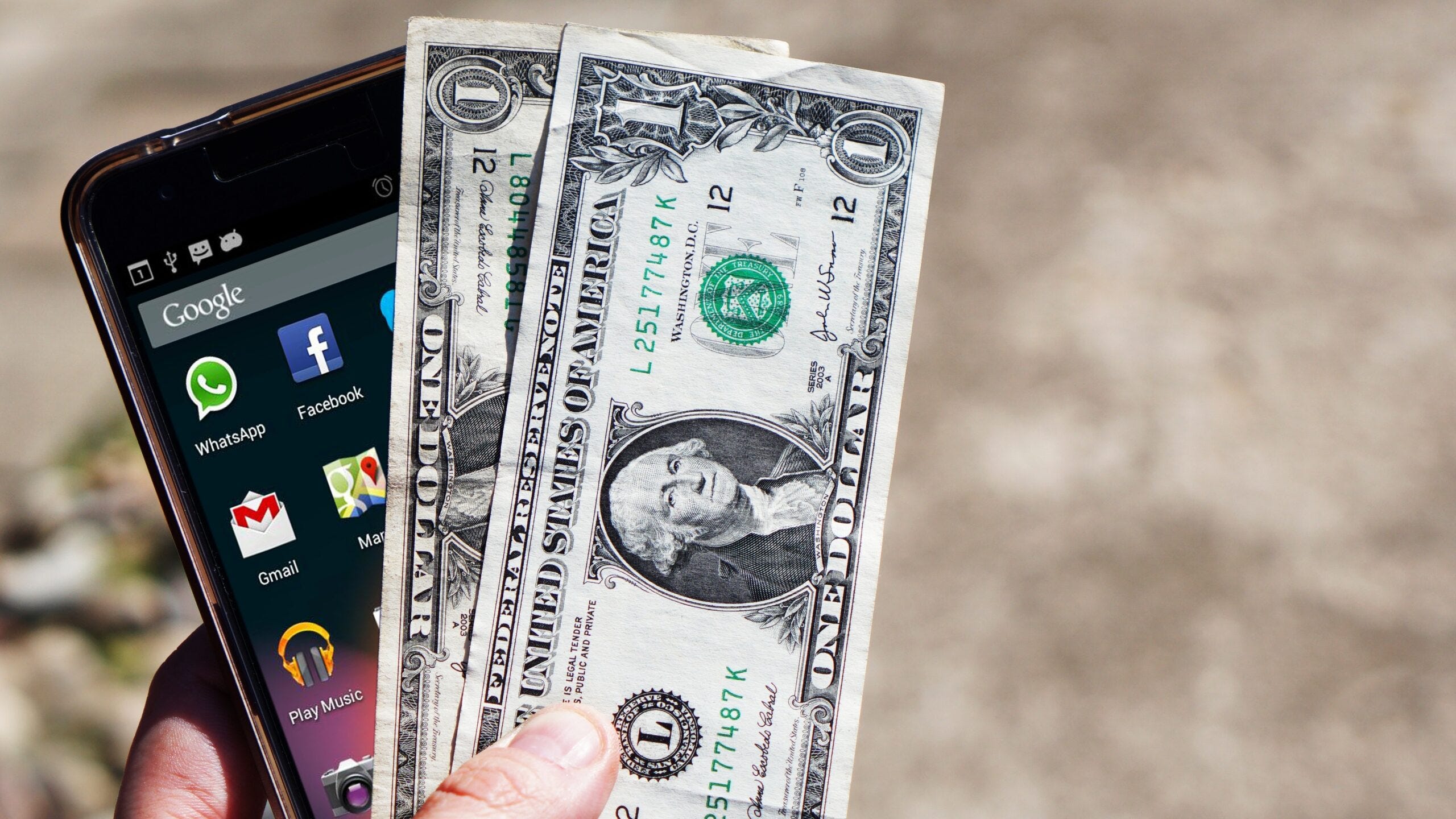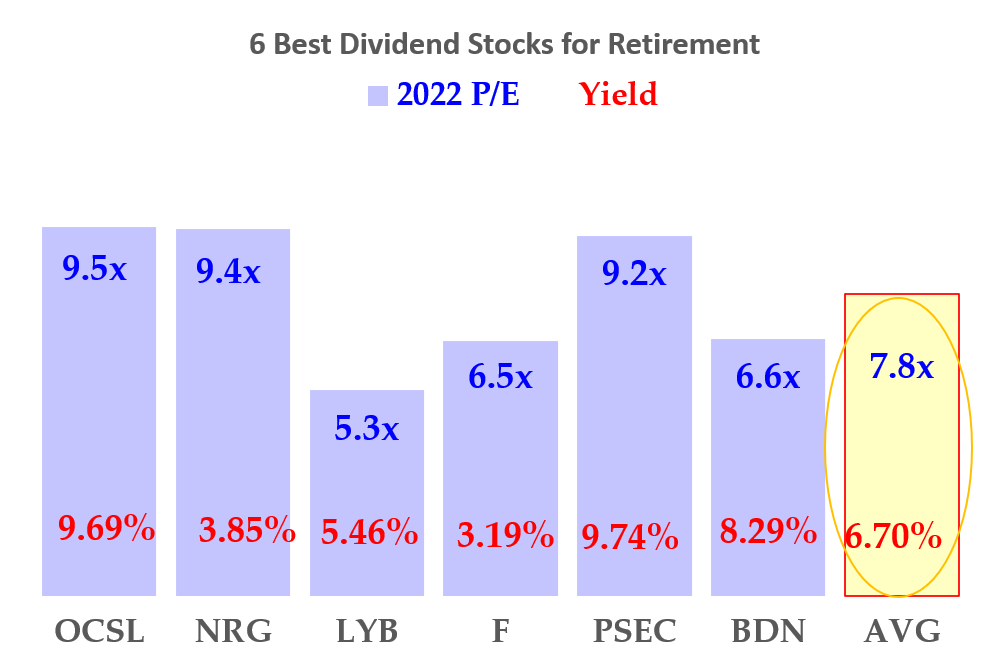
Although adding leverage to your portfolio may be a smart idea, there is a significant risk. Leverage is an important part of futures trading. It's worth being aware of the impact it has on your portfolio and the risk involved. Only trade with the amount you have available, and don't trade with more risk capital than you can manage. It is wise to diversify and spread your investment portfolio across different assets, contracts and securities.
Futures trading can be done on many commodities. They vary in value depending on demand and supply. A strong demand for a commodity means it is likely that it will trade higher during the next trading session. However, a high supply of a commodity could mean it will trade lower in coming months. Futures contracts are a useful tool for managing commodity price volatility risks.

Futures contracts are traded on a variety of underlying assets, including foreign currency, metals, and energy. Typically, these are standardized contracts with specific features. These features include an expiry date and margin. They also have a standardized underlying assets. There are four types: stock, commodity, currency pair, index, and futures contracts. A futures deal is a binding agreement to buy a specified amount of an asset at a certain price at a specific date. A futures contract, which is a derivative from a physical product and carries high leverage, can be used to purchase a specified quantity of an asset at a specific price. This leverage can increase the amount you are able to make or lose. You can trade futures for a fraction as much as the underlying asset.
There are two types of speculators: hedgers and speculators. Hedgers are usually businesses, while speculators are individuals who trade in commodities. Hedgers seek to lock in favorable future price levels for the future, while speculators are interested in making money from fluctuations in futures prices.
The market may offer many opportunities for speculators to profit. He might use leverage to increase his gains or spreads, which are spreads between investments in multiple contracts with opposing positions. Calendar spreads allow him to simultaneously purchase and sell two contracts. This strategy, which is similar to a Stop Order, can be used to decrease volatility in your futures position.

It's not always easy to purchase and sell futures. First, a trader must decide how much to place in their futures account. This depends on the account size as well as the amount available to fund the account. It is important to know that margin is a factor in determining the price of a contract. You will need to contribute a percentage of the futures contract's value.
FAQ
What is a fund mutual?
Mutual funds are pools or money that is invested in securities. They provide diversification so that all types of investments are represented in the pool. This reduces risk.
Mutual funds are managed by professional managers who look after the fund's investment decisions. Some funds permit investors to manage the portfolios they own.
Mutual funds are more popular than individual stocks, as they are simpler to understand and have lower risk.
What is the difference in a broker and financial advisor?
Brokers specialize in helping people and businesses sell and buy stocks and other securities. They handle all paperwork.
Financial advisors have a wealth of knowledge in the area of personal finances. Financial advisors use their knowledge to help clients plan and prepare for financial emergencies and reach their financial goals.
Financial advisors may be employed by banks, insurance companies, or other institutions. Or they may work independently as fee-only professionals.
Take classes in accounting, marketing, and finance if you're looking to get a job in the financial industry. Also, you'll need to learn about different types of investments.
What is security in the stock exchange?
Security is an asset which generates income for its owners. Most common security type is shares in companies.
A company may issue different types of securities such as bonds, preferred stocks, and common stocks.
The earnings per shared (EPS) as well dividends paid determine the value of the share.
If you purchase shares, you become a shareholder in the business. You also have a right to future profits. You will receive money from the business if it pays dividends.
You can always sell your shares.
Who can trade on the stock market?
Everyone. All people are not equal in this universe. Some people have better skills or knowledge than others. So they should be rewarded for their efforts.
However, there are other factors that can determine whether or not a person succeeds in trading stocks. For example, if you don't know how to read financial reports, you won't be able to make any decisions based on them.
So you need to learn how to read these reports. Each number must be understood. And you must be able to interpret the numbers correctly.
If you do this, you'll be able to spot trends and patterns in the data. This will assist you in deciding when to buy or sell shares.
You might even make some money if you are fortunate enough.
How does the stock market work?
You are purchasing ownership rights to a portion of the company when you purchase a share of stock. A shareholder has certain rights. He/she is able to vote on major policy and resolutions. He/she may demand damages compensation from the company. And he/she can sue the company for breach of contract.
A company cannot issue more shares that its total assets minus liabilities. This is called capital adequacy.
A company with a high capital sufficiency ratio is considered to be safe. Low ratios can be risky investments.
Statistics
- Even if you find talent for trading stocks, allocating more than 10% of your portfolio to an individual stock can expose your savings to too much volatility. (nerdwallet.com)
- The S&P 500 has grown about 10.5% per year since its establishment in the 1920s. (investopedia.com)
- Our focus on Main Street investors reflects the fact that American households own $38 trillion worth of equities, more than 59 percent of the U.S. equity market either directly or indirectly through mutual funds, retirement accounts, and other investments. (sec.gov)
- Ratchet down that 10% if you don't yet have a healthy emergency fund and 10% to 15% of your income funneled into a retirement savings account. (nerdwallet.com)
External Links
How To
How to create a trading strategy
A trading plan helps you manage your money effectively. It helps you identify your financial goals and how much you have.
Before you start a trading strategy, think about what you are trying to accomplish. You may want to save money or earn interest. Or, you might just wish to spend less. If you're saving money you might choose to invest in bonds and shares. You can save interest by buying a house or opening a savings account. Maybe you'd rather spend less and go on holiday, or buy something nice.
Once you know your financial goals, you will need to figure out how much you can afford to start. This will depend on where you live and if you have any loans or debts. It is also important to calculate how much you earn each week (or month). Your income is the net amount of money you make after paying taxes.
Next, you will need to have enough money saved to pay for your expenses. These expenses include rent, food, travel, bills and any other costs you may have to pay. Your monthly spending includes all these items.
Finally, figure out what amount you have left over at month's end. This is your net discretionary income.
Now you know how to best use your money.
To get started with a basic trading strategy, you can download one from the Internet. Ask someone with experience in investing for help.
Here's an example spreadsheet that you can open with Microsoft Excel.
This is a summary of all your income so far. This includes your current bank balance, as well an investment portfolio.
Here's another example. This one was designed by a financial planner.
It will allow you to calculate the risk that you are able to afford.
Remember: don't try to predict the future. Instead, you should be focusing on how to use your money today.